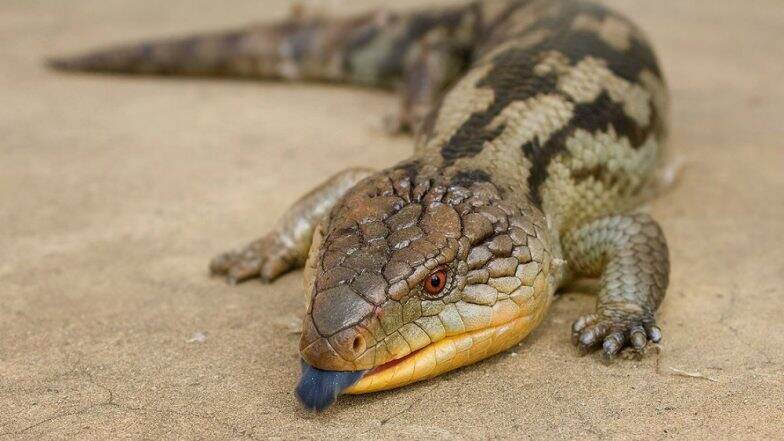
Invertebrate predators usually eat their prey while it is still alive. The adults capture prey and deliver it to their young. Wasps and ants primarily feed on plant liquids as adults but their offspring require solid foods. Generally, predators kill to feed themselves but in some cases they hunt for their offspring. Invertebrate predators usually feed on other invertebrates, however some feed on fish, frogs, small mammals and birds, in the case of certain large spiders and centipedes. Other predatory invertebrates include scorpions, centipedes, predatory mites, predatory snails and slugs, nematodes and planarian worms. Spiders exploit an immense diversity of habitats and have developed some of the most sophisticated trapping and hunting techniques of any animal group. The main group being the spiders, which are specialist predators. There are also many non-insect invertebrates that are predators. Even some moths, a group dominated by plant-feeding species, will bear offspring that are voracious predators. The adults and young of groups such as mantids, dragonflies and damselflies, lacewings, scorpionflies and alderflies are entirely predacious. Adults of alderflies or dobsonflies do not eat but their aquatic larvae are fierce predators. In a number of cases the young are predatory but the adults are not. Death to the victim is usually immediately after capture.

feather-legged assassin bugs are known to feed only on ants. Some are specific, targeting a particular prey group.Lady beetles for example, can devour several hundred aphids in a day. Most do not have specific prey and feed on a wide range of animals which, in some cases, they consume in large numbers.



 0 kommentar(er)
0 kommentar(er)
